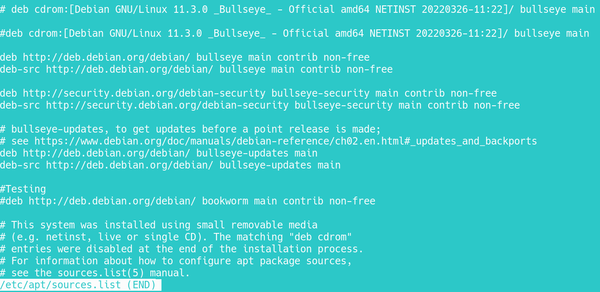Tips for mixing safely
Mixing Debian Repositories

Lead Image © Andrey Kiselev, 123RF.com
A little caution can save you hours of frustrating work (plus, options for mixing gone awry).
Debian package repositories are organized along two axes. The first axis controls the degree of software freedom in the installation. Newly installed, a Debian system includes only packages from the main section of the repository, which contains only free-licensed packages. However, you can enable the contrib section, which houses free packages that depend on non-free packages, and non-free, which houses packages with restrictive licenses, by editing the URLs for repositories in /etc/apt/sources.list (Figure 1). Little harm can come from this editing, and, in fact, it is necessary if you want to use the advanced proprietary hardware drivers. The second axis, though, is another matter. Tinkered with carelessly, it causes more reinstalls than any other aspect of Debian.

This second axis is the main Debian repositories themselves. By default, a Debian system enables only the stable repository. Stay with stable and you enjoy the full support of the distribution, including backports and security updates. But set up the testing and unstable repositories intended primarily for developers, and nothing is guaranteed. A single careless step, and you could lose your desktop environment, the ability to work with packages, or some other basic part of the installation, and find yourself condemned to hours of futile efforts to recover. Too often, a reinstall is the quickest solution.
[...]
